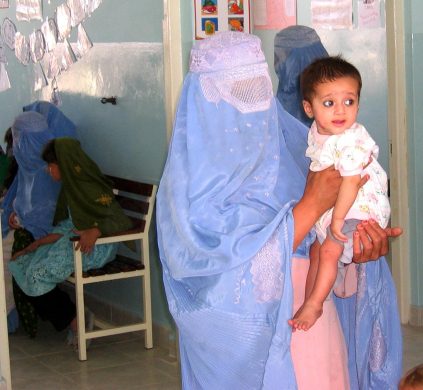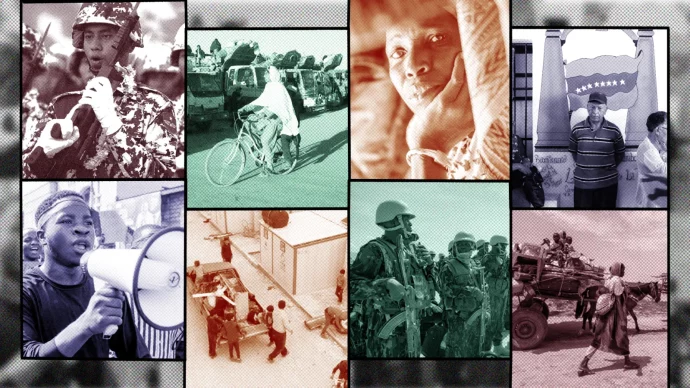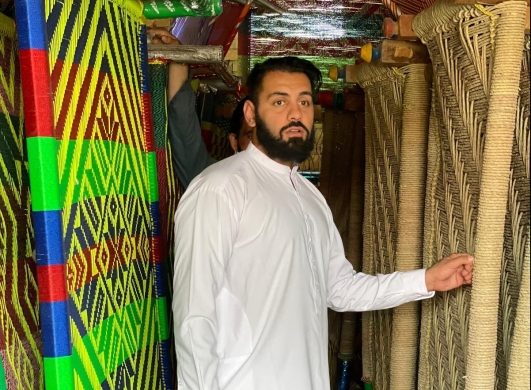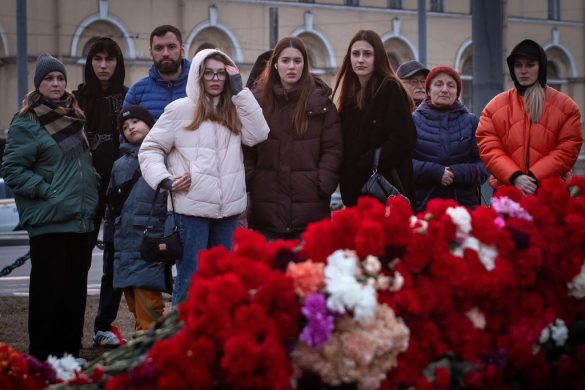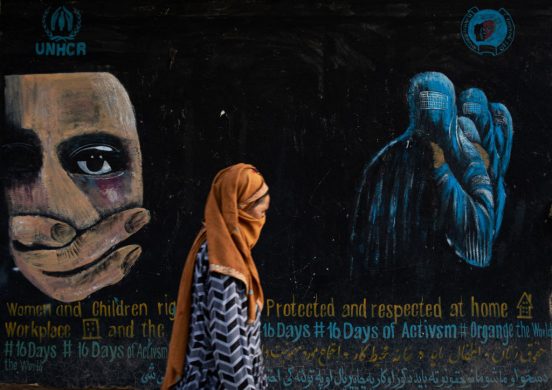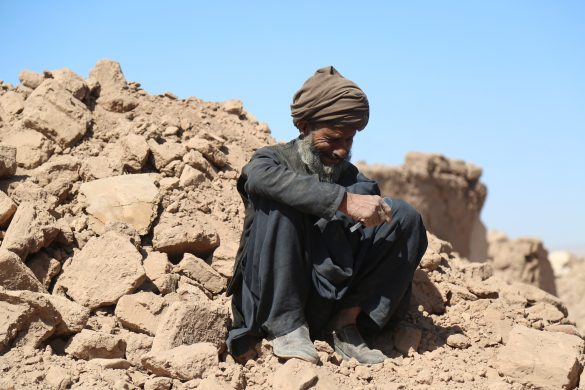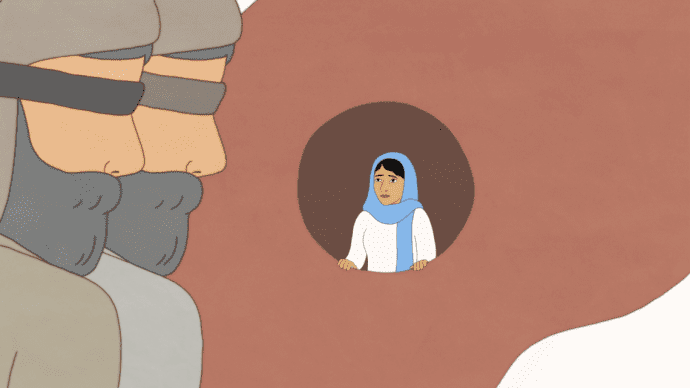Hundreds of women are dying in childbirth in the southeastern Afghan province of Paktika each year due to a severe lack of antenatal and neonatal care, an IWPR investigation can reveal.
There is only one female doctor in the entire province, and conservative traditions mean that most pregnant women cannot seek help from male health care professionals.
In the absence of any official figures for maternal mortality rates in Paktika, an IWPR reporter spent eight months travelling round the province to collect anecdotal data, carrying out at least two-dozen interviews with local residents in six districts.
Each person interviewed said that they knew of between ten and 30 women who had died in labour or soon after giving birth in the last year.
Limited facilities
The province, 170 kilometres southeast of the capital Kabul, has a population of about 550,000 but is served by just three hospitals, five clinics and 18 primary health care centres providing basic treatment.
Most of the facilities are run and funded by Afghan healthcare NGOs, with the government playing a limited role.
Homa, the sole female doctor in Paktika, works in the government hospital in the provincial capital Sharana.
Afghanistan has one of the highest maternal mortality rates in the world.
But due to a lack of formal statistics, especially in less secure parts of the country, it is impossible to accurately gauge.
Worse than reported
Medical staff and health officials were reluctant to be interviewed on the record.
However, they made clear that these deaths were not officially recorded.
The director of a district clinic told IWPR that they were reluctant to report deaths of pregnant women to the health ministry for fear of the consequences.
Tales of sorrow
Khiyali Jan, a 35-year-old driver from the village of ZmariKoot in Yusuf Khel district, told IWPR that in April 2013 his wife Gul Pama was heavily pregnant with their fourth child.
Khiyali Jan was left to raise his new daughter Amina alone, feeding her on formula milk.
He has spent the last three years devoted to her, and said that he had no plans to remarry.
Sometimes, even seeking help at a local health clinic is not enough to save women in labour.
Ghuncha, a 25-year old from the village of Painda Khel in KhairKoot district, already had two daughters with her husband Yaar Mohammad.
The young woman was already dead.
State responsibility
Paktika lawmaker Najiha Babkarkhel said that the government was not fulfilling its responsibilities under Article 52 of the constitution, which mandates that medical care must be available to all.
IWPR asked Wali Gul, head of public health in Paktika, if he was aware of the high death rate as a result of the government failure to provide adequate medical facilities.
Gula said that the main obstacles to improving the mortality rate were the poor standards of education among local girls, and ongoing instability in the province that made it hard to attract medical staff from outside.
Girls hope for the chance
There are efforts underway to improve maternal care in the province, such a midwifery scheme established in Sharana.
And there are girls who hope for the chance to help serve their community, if given the opportunity.
Helai, a 10-year-old from the village of Malizois a student at the Bibi Ayesha secondary school in KhairKoot district.
Due to a lack of medical care, her mother died shortly giving after birth to Helai, her first child.
Helai is a model student who is dedicated to her studies, and is clear about her motivation.
Find flere artikler i serien her

